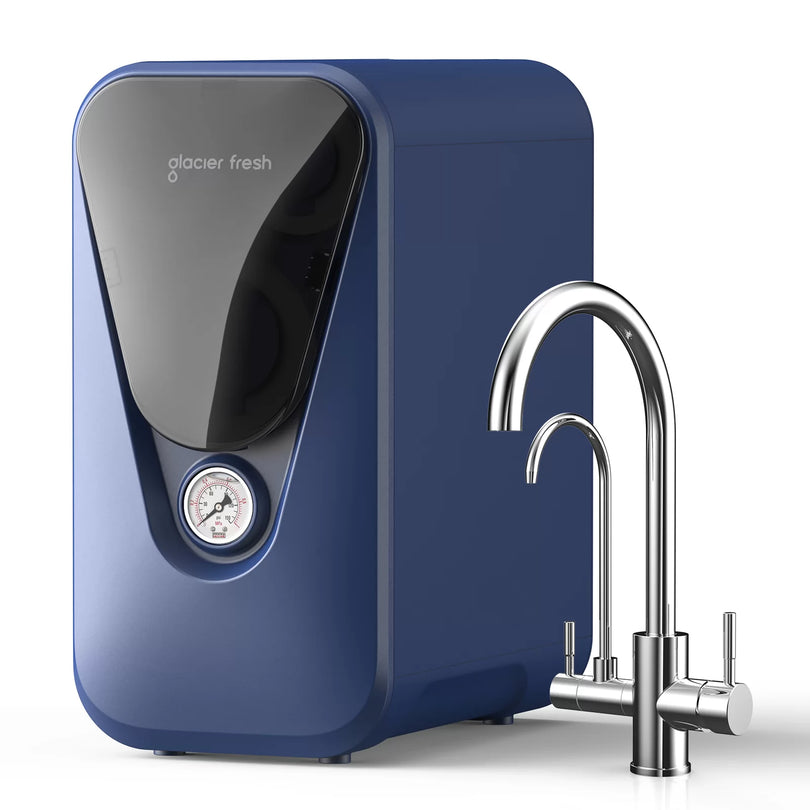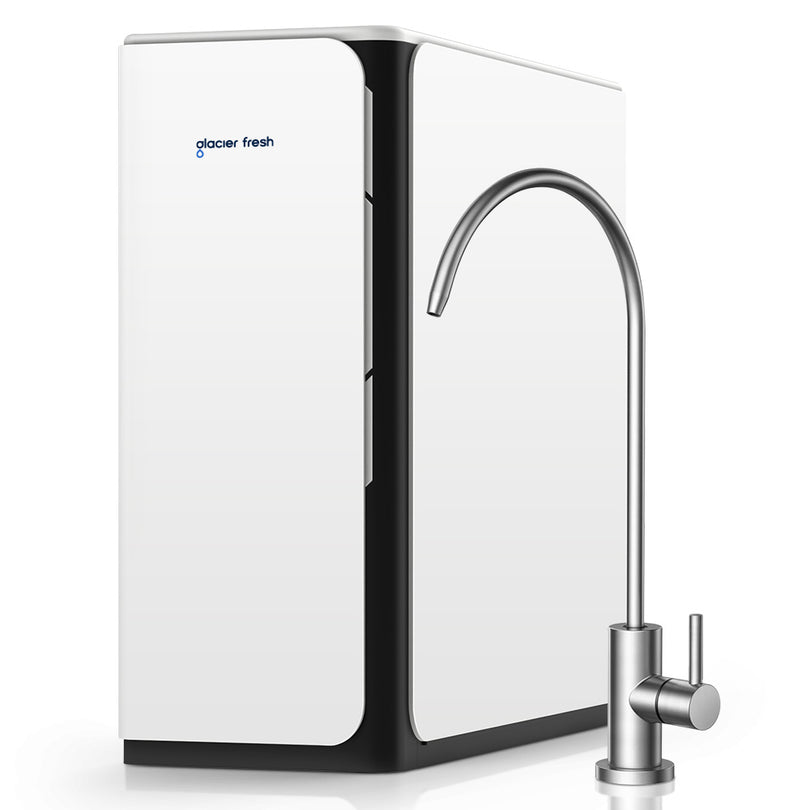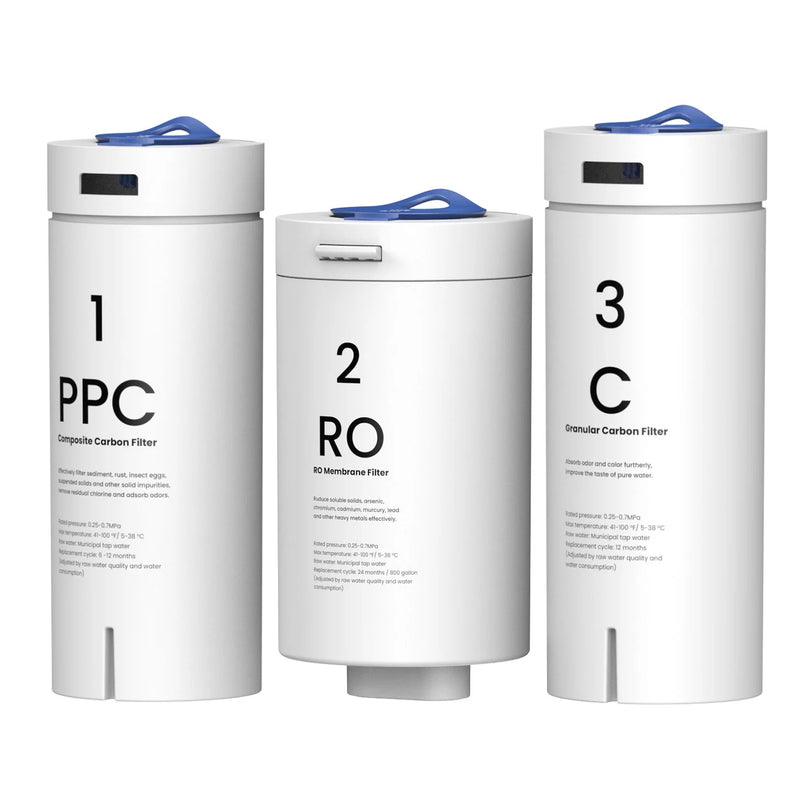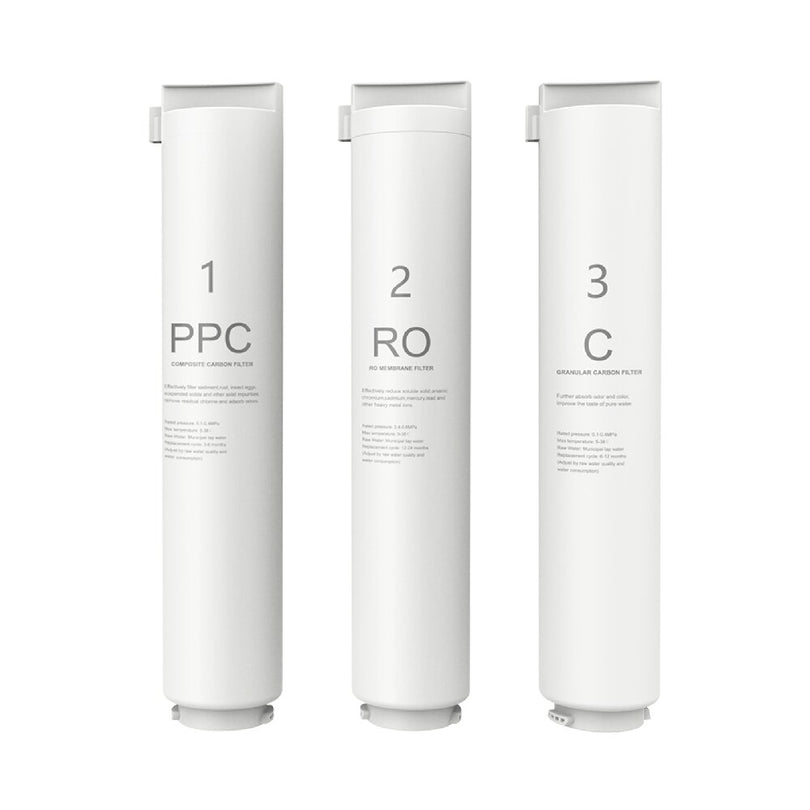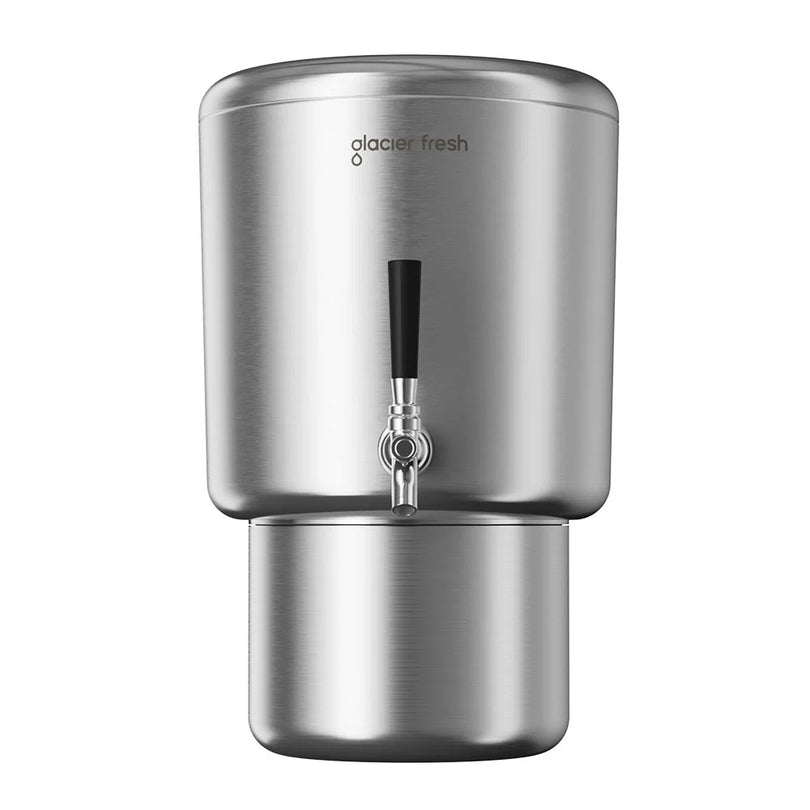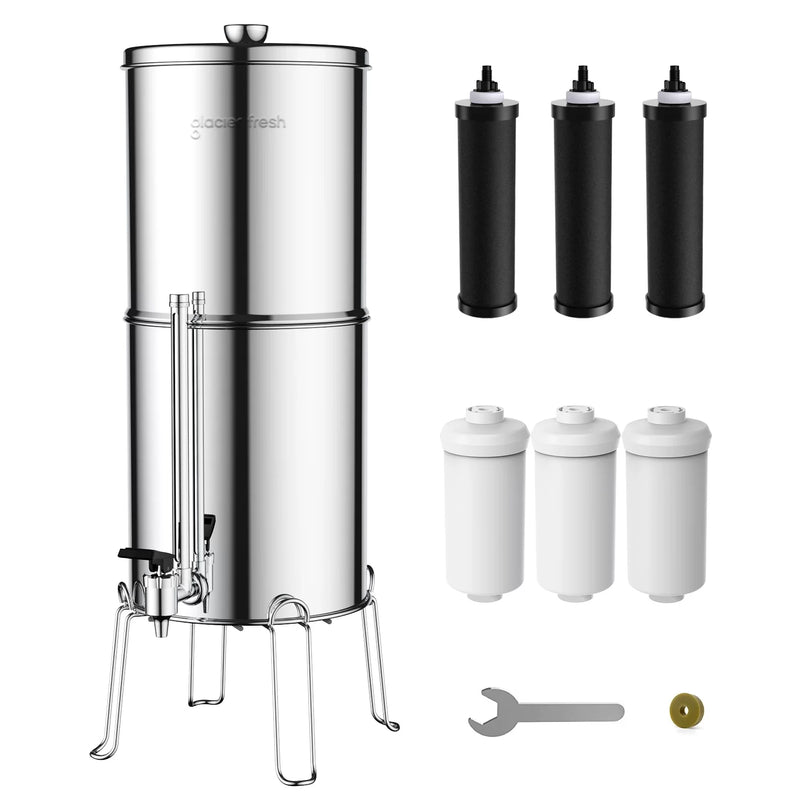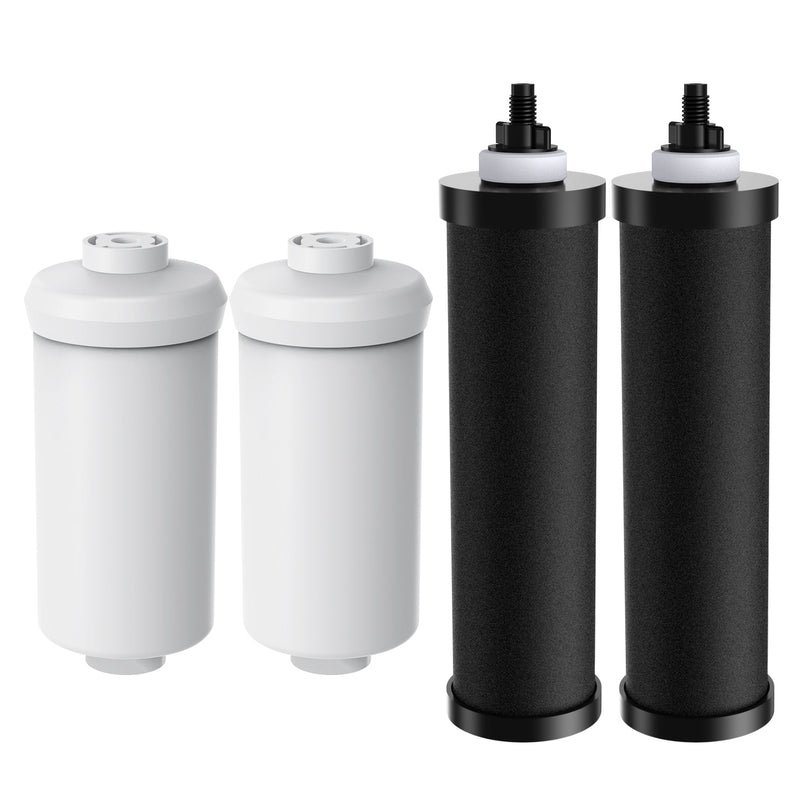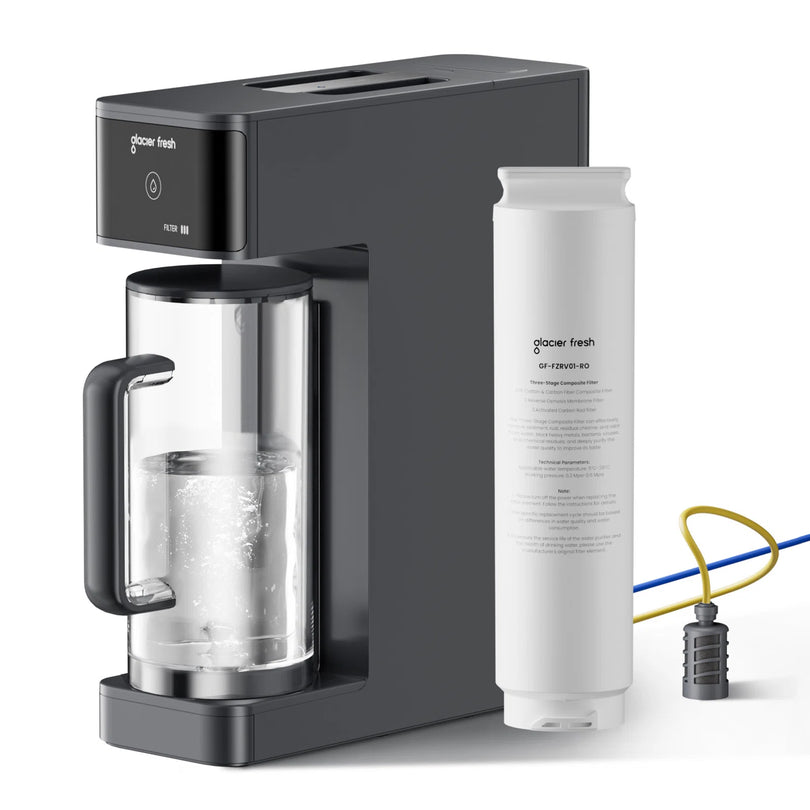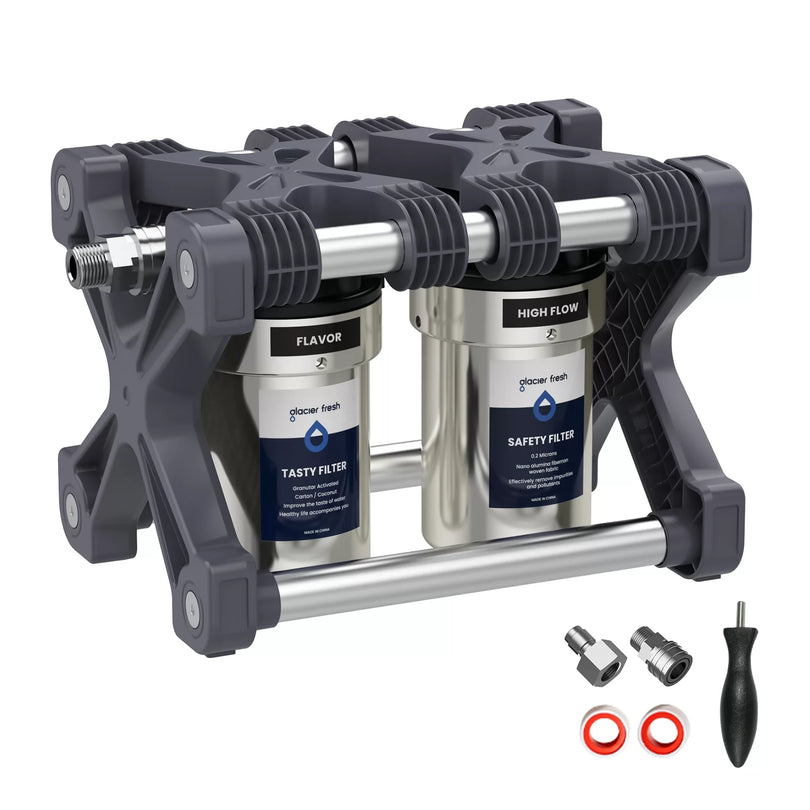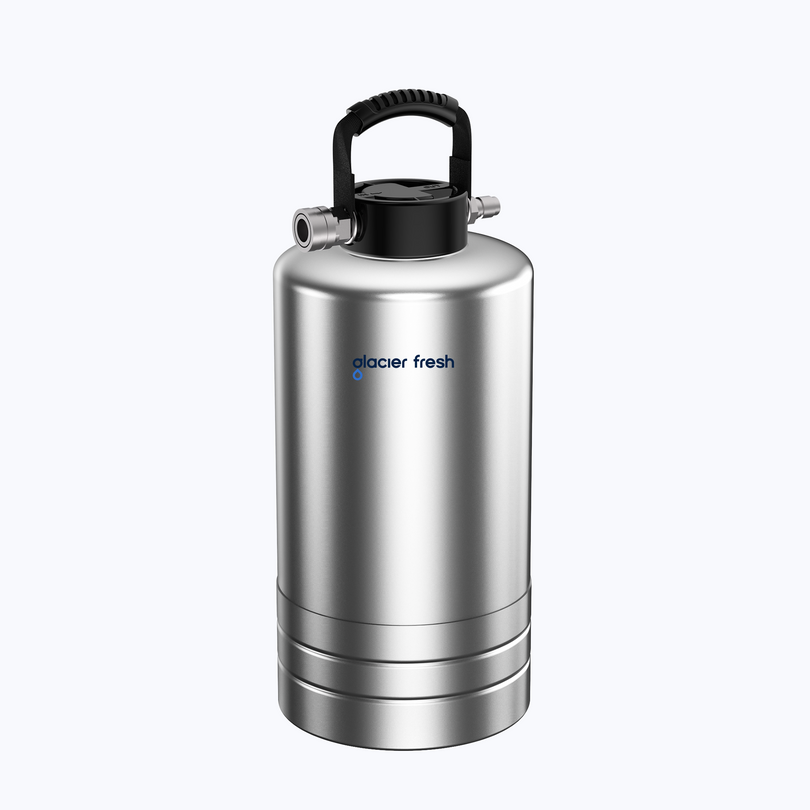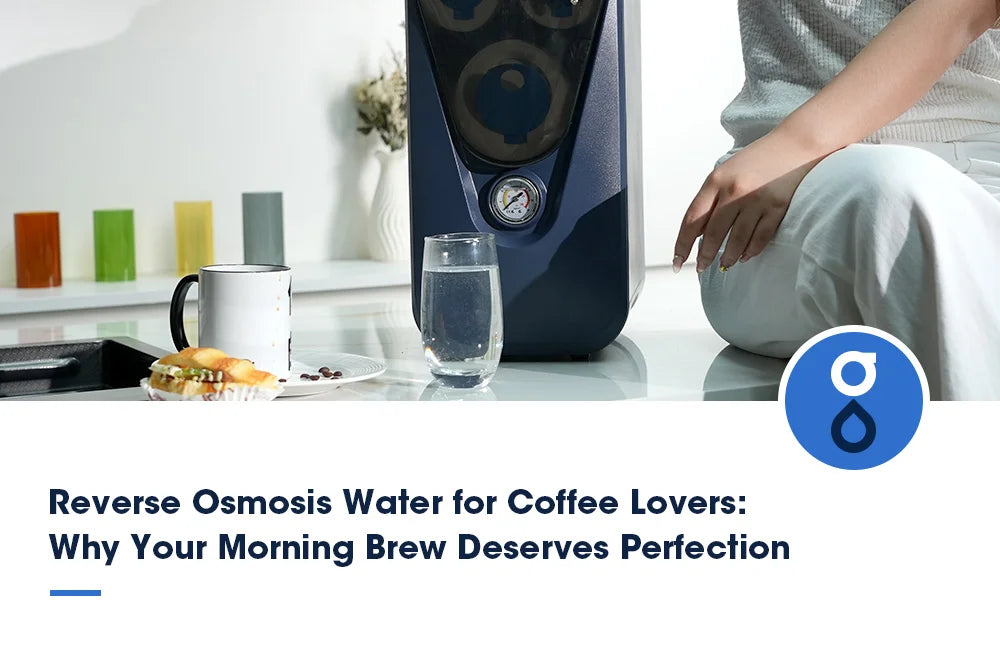Table of Contents:
Factors to Consider When Choosing RO Water Filters
3 Recommended Under-Sink RO Water Filters
How to Maintain Your RO Water Filter
FAQs
Conclusion
Clean, safe, and great-tasting water is no longer a luxury; it’s a necessity. Increasingly, families are installing under-sink RO systems because they are concerned about the quality of their water supply. These filters guarantee the water coming from the tap is always pure. Reverse osmosis (RO) machines utilize a semi-permeable membrane to remove harmful elements, pollutants, and foul odors from the liquid source.
While highly effective, it’s worth understanding some reverse osmosis disadvantages before installing a system, such as the initial cost and the fact that certain beneficial minerals are also removed during the process.
This guide reviews the best three under-sink RO water filters for 2025. It also explains significant aspects to examine and offers upkeep tips to keep a unit working efficiently.
Factors to Consider When Choosing RO Water Filters

Before you buy an under-sink RO system, you need to know what the primary elements are that impact how well it works and how long it will last. Below are the most crucial things to consider.
Filtration Capacity (GPD – Gallons Per Day)
The system may generate more filtered water per day with higher GPD ratings. A 600–800 GPD system is typically best for families.
Tank vs. Tankless Design
Tankless RO systems minimize the possibility of bacterial growth within storage tanks while also saving space. On the other hand, conventional tank-based systems frequently offer quicker access to substantial volumes of water.
Stages of Filtration
The number of filtration stages dictates the extent of water purification. Systems typically consist of three to seven stages, with higher stages offering additional benefits, such as remineralization.
Water Efficiency Ratio
During the purification process, older RO devices waste a significant quantity of liquid. Modern systems are far more effective and environmentally safe. They employ advanced methods that cut down on wastewater.
Ease of Installation and Maintenance
Look for units offering quick setup without hiring professional plumbers. They should also allow fast cartridge swaps.
Certifications
NSF/ANSI approvals confirm the device meets strict safety and quality rules. Always verify a model’s approval for contaminant reduction.
3 Recommended Under-Sink RO Water Filters
We have selected the top three under-sink RO water filters for 2025 after analyzing the newest models. Value for money, performance, and efficiency are all combined in these models.
1. Glacierfresh 800GPD Under Sink RO Water Filter
One of the most sophisticated tankless RO systems on the market right now is the Glacierfresh U03 800GPD system. You won't ever run out of water because it has 800 gallons of cleaned water every day, which is ideal for large households.
Key Features
Tankless design: This prevents bacterial growth and saves space.
Smart faucet indicator: Water quality is displayed in real time by a smart faucet indicator.
High efficiency: Compared to conventional systems, it drastically decreases effluent.
Easy Installations: Quick-connect fittings and a comprehensive handbook make installation simple.
Pros
-
Generates water rapidly without requiring a tank to fill.
-
Sleek, compact design.
-
Outstanding filtration, eliminating up to 99 percent of impurities.
Cons
-
Need the pump to have access to power.
-
Families looking for a high-capacity, contemporary under-sink RO water filter that strikes a balance between performance and efficiency may consider this device.
2. Icepurefilter 600GPD Under Sink Tankless Reverse Osmosis System

Another solid choice for 2025 is the Icepurefilter 600GPD. Its sleek, tankless design keeps it compact. At the same time, it delivers a reliable flow of purified water.
Key Features
600 gallons per day capacity: It can produce 600 gallons per day. This makes it suitable for mid-sized to larger households.
5-stage filtration: Microplastics, fluoride, heavy elements, and chlorine are all removed with a five-step purification method.
Smart TDS monitoring system: An innovative TDS monitoring system guarantees that the purity of the water is always evident.
Low wastewater ratio: Economical and environmentally beneficial.
Pro
-
Reasonably priced in relation to alternative tankless systems.
-
Steady flow of water.
-
Replacing filter cartridges is simple.
Cons
-
Not as large as Glacierfresh in terms of daily capacity.
-
The TDS monitor may need to be calibrated on occasion.
-
For those seeking a mid-range, effective system, the Icepurefilter 600GPD provides great value without sacrificing functionality.
3. iSpring RCC7AK 6-Stage RO System

The iSpring RCC7AK is a tank-style model that includes a remineralization filter. This step balances water’s pH, unlike the earlier models. It also ensures the liquid keeps essential minerals and delivers a crisp taste.
Key Features
6-stage filtration: An alkaline filter is used in the six-stage filtration process to restore beneficial minerals.
Certified by NSF/ANSI standards: NSF/ANSI certification guarantees dependable and safe water treatment.
75 GPD capacity: Capacity of 75 GPD; ideal for tiny families.
Durable tank system: Water gets stored within a sturdy holding tank for fast access.
Pros
-
Trustworthy and moderately affordable.
-
It also restores essential minerals to water, making it more beneficial.
-
Durable filters.
Cons
-
Water production is slower than with tankless types.
-
Larger footprint because of the storage tank behind the sink.
-
With a conventional system, the iSpring RCC7AK is an excellent choice if you like mineral-balanced water.
How to Maintain Your RO Water Filter
For optimal performance, even the most advanced under-sink RO water filter requires proper maintenance. Here are some pointers for upkeep:
Replace Filters on Schedule
Carbon and sediment pre-filters often need to be changed every six to twelve months. While post-filters may require yearly replacement, the RO membrane typically lasts around two to three years.
Check for Leaks
Regularly inspect all tubing and connectors for any signs of leaks. Catching leaks early can prevent severe damage to your system and reduce energy loss.
Clean the System
To hinder germ growth, disinfect the unit at least once yearly. Cleaning is especially vital for tank systems.
Monitor Water Quality
To track purity, use a TDS tester. If readings climb higher, it’s time to change the membrane.
Observe Manufacturer Guidelines
For maintenance regimens particular to a product, always refer to the user handbook.
FAQs
Is an under-sink RO worth it?
Yes, if you’re concerned about liquid contaminants, purchasing an under-sink RO purifier is worth considering. It saves money over time by cutting reliance on bottled drinks. It also ensures your household receives safe and clear water each day.
Is RO water safe to drink every day?
Many people also ask, is reverse osmosis (RO) water safe and healthy to drink? The answer is yes—RO water is safe for daily use. To improve taste and health advantages, specific systems even replenish vital minerals.
How long can RO water sit for?
RO water has a two-week shelf life when kept in a sealed container. To maintain freshness in tank-based systems, it is advised to drink the water within two to three days.
What cannot be removed by reverse osmosis?
RO setups filter most harmful elements. Some volatile organic compounds (VOCs), pesticides used in farming, and chemical solvents may not go away completely, though. For complete cleaning, many devices pair RO with activated carbon stages.
How frequently should a reverse osmosis system’s filter cartridge be changed?
RO membranes typically need to be changed every two to three years. Post-filters should be swapped annually, while pre-filters usually last six to twelve months. These cycles vary depending on the brand, usage, and the condition of the incoming water.
Conclusion
The water quality in your house can be significantly improved by selecting the appropriate under-sink RO water filter. The iSpring RCC7AK, Glacierfresh 800GPD, and Icepurefilter 600GPD are the top choices for various home requirements in 2025.
Families seeking high-capacity, tankless performance and a stylish system that delivers purified water on demand will appreciate the Glacierfresh U03 800GPD. Regardless of which version you choose, purchasing an under-sink RO system ensures that your household consistently enjoys safe, healthy, and refreshing water.

